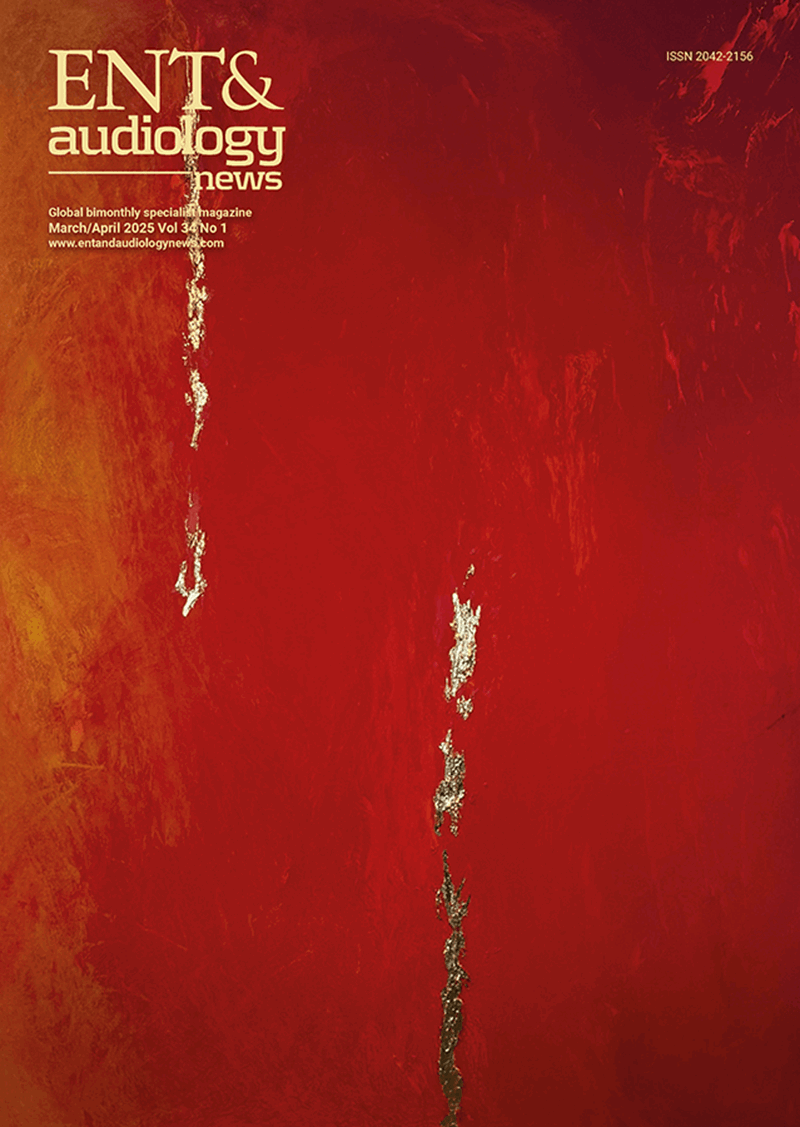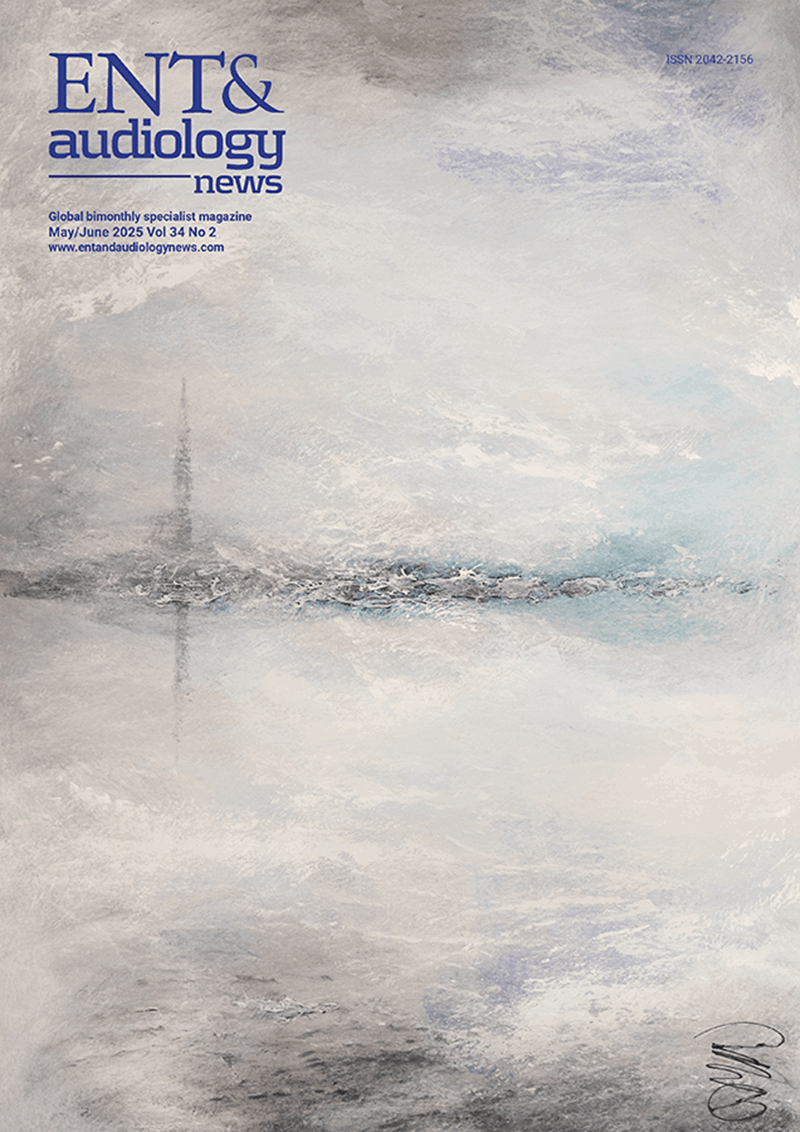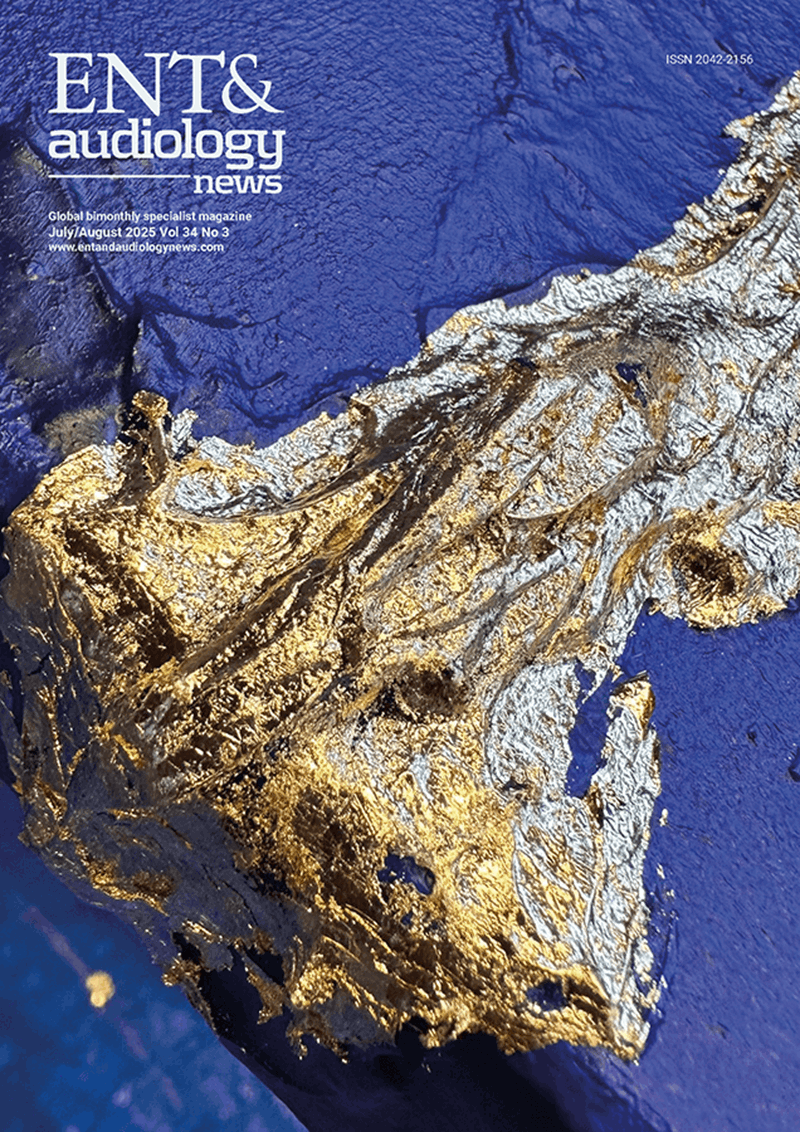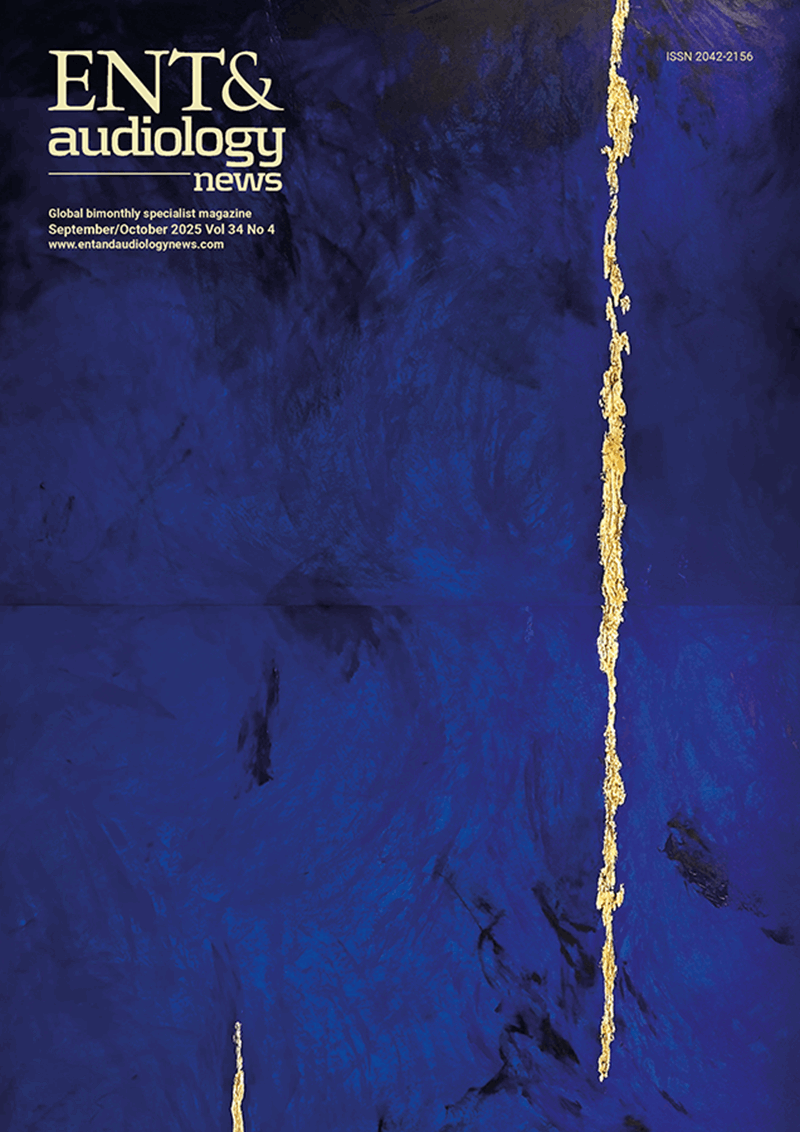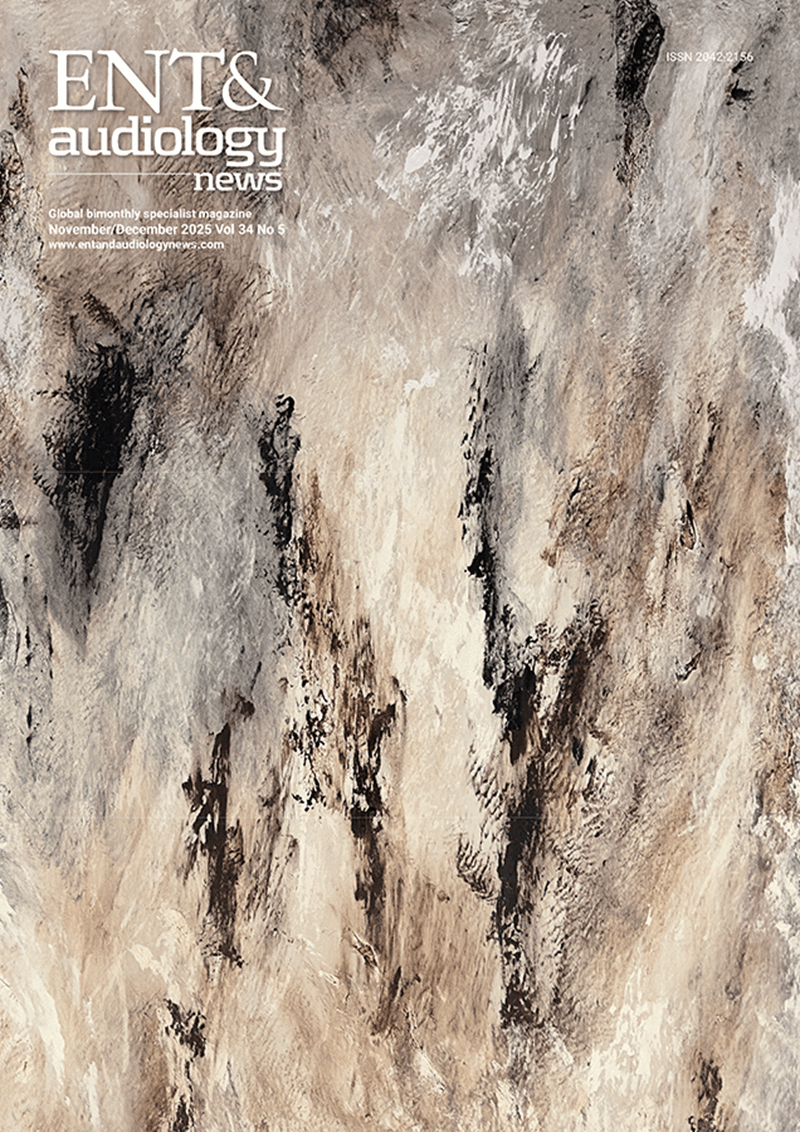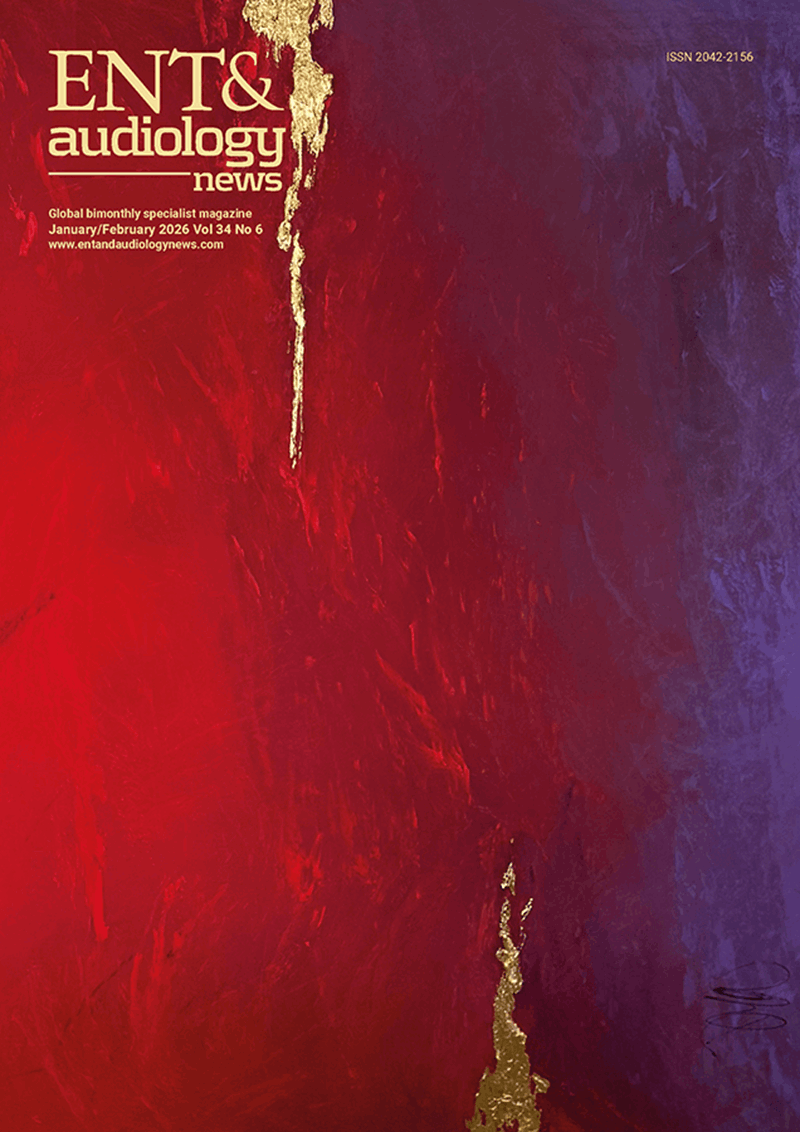
Each cover in this six-part series is more than an image. It’s a window — into a different way of seeing, of hearing and of healing. Together, they form a narrative that moves across disciplines and perspectives. A story told in layers of paint, science and lived experience. A story in which audiology is not just about ears, but about people. And healing is not always about fixing, but about transforming.
The artwork featured on the third cover is a close-up of one of my paintings. It shows a golden line, shimmering through the textured canvas. This line is not decoration. It is the scar. And it is the healing.
The inspiration comes from Kintsugi, the ancient Japanese art of repairing broken pottery with gold. Instead of hiding the cracks, Kintsugi makes them visible — precious, even. It tells us something profound: that our fractures can become features. That our suffering, if tended to with care and presence, can become part of a new, beautiful whole.
In my work as an audiologist, I encounter these golden lines in people every day.
Take the elderly woman whose tinnitus began after a long sequence of losses — the death of her partner, declining health, growing isolation. The sound she hears is not just a tone. It is a presence.
Or, perhaps more accurately, the absence of presence. It hollows out her days, reminding her of everything that’s gone. Or the young man whose tinnitus started after a music festival — a place that once symbolised joy, freedom, connection. Now, the sound has stolen that part of his identity. He doesn’t go out anymore. He doesn’t listen to music. His world has narrowed, his silence has grown loud.
Or the refugee who escaped war, violence and persecution — only to find a new enemy inside his head. His tinnitus is more than a sound; it is the voice of memory, the echo of trauma. It follows him even in safety. The world may call him ‘safe’, but inside, there is still a war.
When we focus only on the symptom — the noise itself — we risk missing the person. Their stories. Their pain. Their potential for growth.
That’s where audiological rehabilitation comes in — not just as a clinical process, but as a deeply human one. It’s more than fitting devices or adjusting sound. It’s about listening with more than the ears. It’s about reconnecting people to their lives, their values, their sense of agency. And when we integrate this with Acceptance and Commitment Therapy (ACT), something powerful happens.
ACT is a psychological approach rooted in behavioural science, but it resonates deeply with the essence of art. Both ACT and art begin with this premise: that life includes pain. That trying to erase discomfort often makes it louder. And that healing comes not from control, but from connection — to values, to meaning, to the full spectrum of human experience.
In ACT, we don’t try to eliminate tinnitus. We help people relate to it differently. To make space for it, rather than resist it. To live with the noise, rather than in battle against it. We explore not only what hurts, but what matters. We help people reclaim agency in a world that may feel chaotic or broken. And in doing so, we see something powerful emerge — resilience, growth, and sometimes even beauty.
The golden lines in my artwork symbolise that transformation. Cracks are not signs of weakness. They are invitations. They are openings through which the gold can flow.
This series — all six covers — is an offering in that spirit. Each painting, each blog, each glimpse into the lives of those I’ve met, forms part of a broader vision. One that says: healing is not a straight line. It’s layered, imperfect and deeply human. It is where art meets science. Where audiological rehabilitation meets psychological flexibility. Where ears meet heart.
And, perhaps most importantly, where we meet each other.

